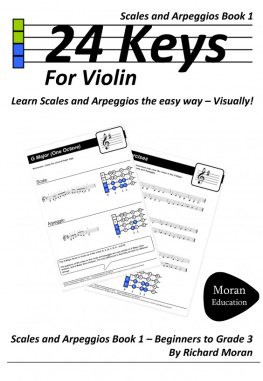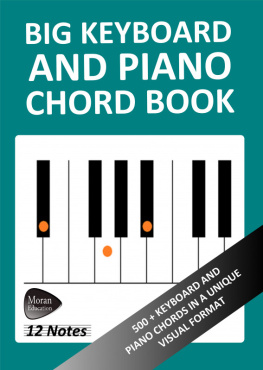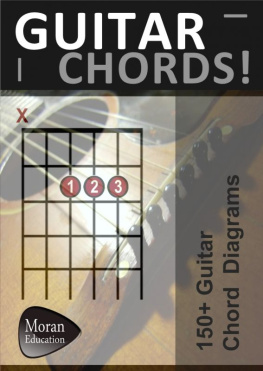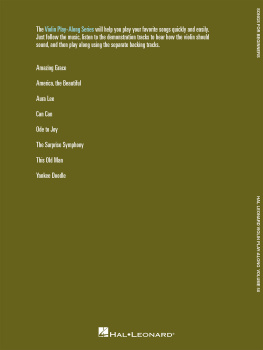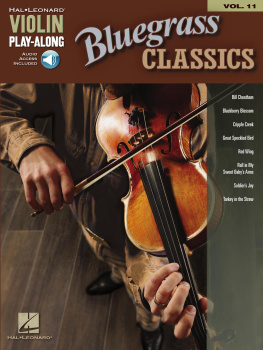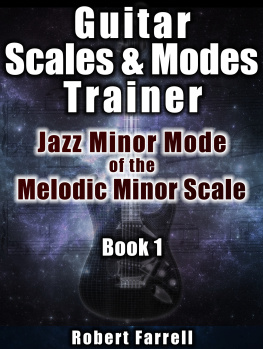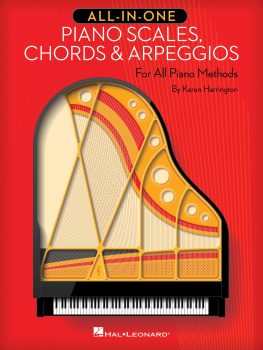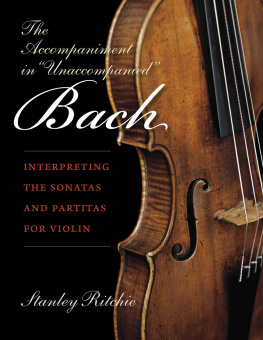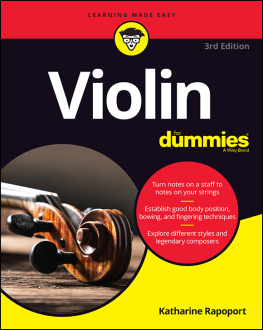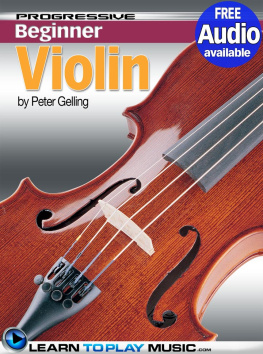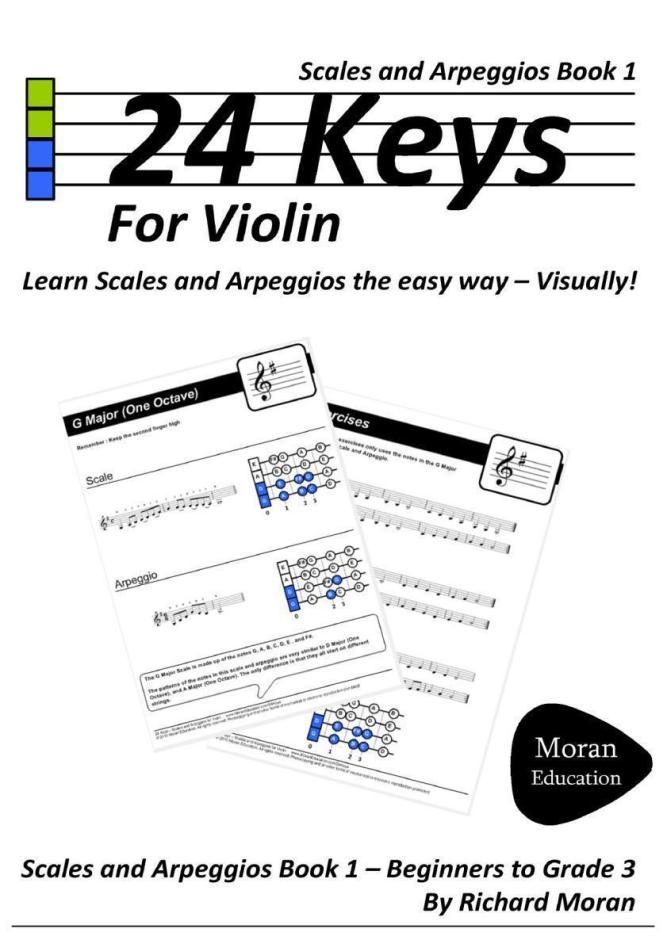
24 Keys - Scales and Arpeggios Book 1
For Violin
By Richard Moran
Smashwords Edition
www.MoranEducation.com/24Keys
2010-11Moran Education. All rights reserved. Photocopying and all otherforms of mechanical or electronic reproduction prohibited withoutthe prior written permission of the copyrightowner
Contents
Introduction
Making musicis all about patterns. 24 Keys is designed to help you learn theunique fingering pattern that makes up each key quickly and easilythrough learning scales and arpeggios, and through practiceexercises. It provides a unique visual guide to the position of thefingers in each key, so that you can make each second of practicecount.
The Grades in this book correspond to ABRSM Grades 13.Always check the most recent copy of the syllabus before taking anexam though.
The Grid
Scale andArpeggio books generally arent very interesting. Traditionalnotation also does little to unlock the underlying secrets thatunderpin the patterns of Scales and Arpeggios. Students oftenstruggle to grasp fingering patterns, which leads to uncertainintonation, and a lack of confidence.
24 Keys is different. It aims to lead the student through thelearning process by teaching the unique pattern of each keyvisually. In addition, by relating keys to the Circle of Fifths, amore solid understanding is developed. This means the material islearnt more quickly, and instinctively, and gives more time toconcentrate on other things like tuning, bowing, andintonation.
The key to our learning system is The Grid. Imagine if we markedout all the notes in the Key by placing dots on the violinsstrings, then we coloured in the notes of the scale. It would looksomething like this for a scale of A Major One Octave.

The Grid works exactly as in the picture above. The Grid justpresents the information in an easier to read format.
Its a little bit like a guitar chord diagram turned on its side.Our experience shows that violinists tend to learn better with TheGrid this way around.
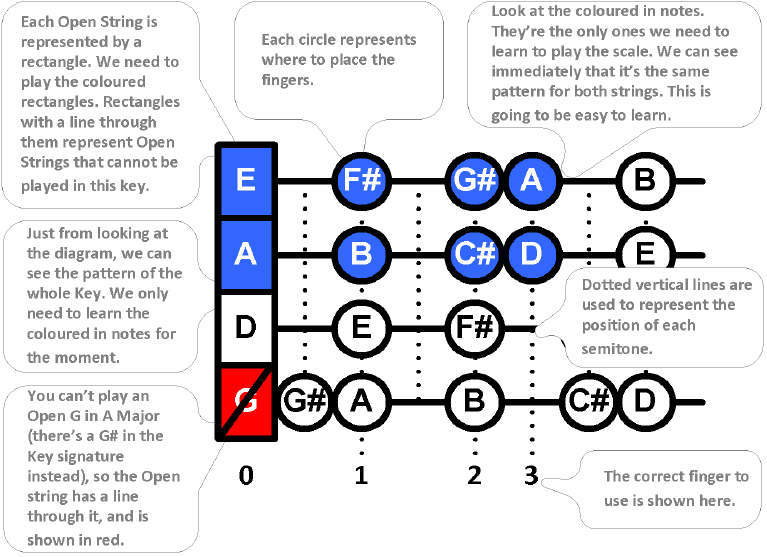
The Pages
Scales and Arpeggios the easy way!
Making music is all about patterns, so 24 Keys is designed to helpstudents learn the unique fingering pattern that makes up eachscale quickly and easily.
We never sacrifice traditional notation. Each Scale and Arpeggiopage in the book includes the traditional notation for each scaleand arpeggio, with our unique Grid complementing it below. Thecorrect fingering to use is shown in both traditional notation, andon The Grid. Bowing is indicated as usual in traditionalnotation.
Our specially written Exercises concentrate on cementingintonation, and are a fun way to solidify Scales and Arpeggios.Some of our Exercises are traditional Solo exercises, some arewritten as duets for student and teacher, or student andstudent.
All of our exercises are exclusive to 24 Keys you wont find yetmore arrangements of the same old traditional tunes here! In theexercises, expression and bowing indications are kept to theminimum, to allow these to be left to the discretion of theteacher.
In addition, the reference pages at the end of the book help youfind other information you may need quickly and easily - theyinclude a glossary of key musical terms, a Circle of Fifthsdiagram, and additional practice ideas.
What do Scales and Arpeggios Look Like?
MajorScale
Thedistance between each of the notes of the major scale from top tobottom is Tone Tone Semitone Tone Tone - Tone Semitone(or Step Step Half Step Step Step - Step HalfStep).
If we plotted the relative position of the notes on a diagram (letsshow the notes for the first scale in the book G Major) itwould look something like this...

Remember thatthe semitones (or half steps) occur between notes 3 & 4, and 7& 8. Although weve chosen G Major as our example, the uniquepattern of the spacing of the notes is the same for every singlemajor scale.
Heres the same scale as we would play it on the Violin.
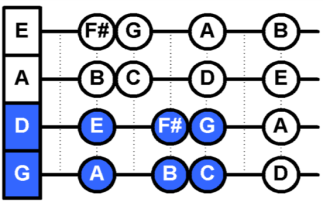
As you can see, the pattern is the same as in the G Major Diagramabove, with the semitones (or half steps) between notes 3 & 4(B & C), and 7 & 8 (F# & G). The only difference isthat the pattern is split across two strings.
Harmonic MinorScale
The harmonicminor scale is slightly different. Lets look at G Minor, so we cancompare the scales more easily. The distance between the notes ofthe harmonic minor scale is Tone Semitone Tone Tone Semitone One and a Half Tones Semitone (or Step Half Step Step Step Half Step One and a Half Steps Half Step).

The minor scales always take their key signature from the note aminor third above the first note of the scale for G minor, thiswould be B Flat.
Another way of describing this scale is to say that notes 3 and 6are lowered when compared to the major scale that begins on thesame note.
Melodic MinorScale
The melodicminor scale is slightly different to the previous two scales itis played differently on the way up to how it is played on the'way down.

In the24 Keys system, we notate this as in the diagrambelow.

The circles with the arrow pointing upwards signify notes thatshould only be played on the way up. Notes in the circles with thearrow pointing downwards should only be played on the way down.
Arpeggios
Arpeggios aremore straightforward than scales, as there are only two types. Eacharpeggio takes the first, third, fifth, and eighth note of themajor and minor scales.
This means that in the case of G Major, the notes are G B D G.

G Minors notes are G B Flat D G, because the third note ofthe Minor Scale is lowered.
Next page
